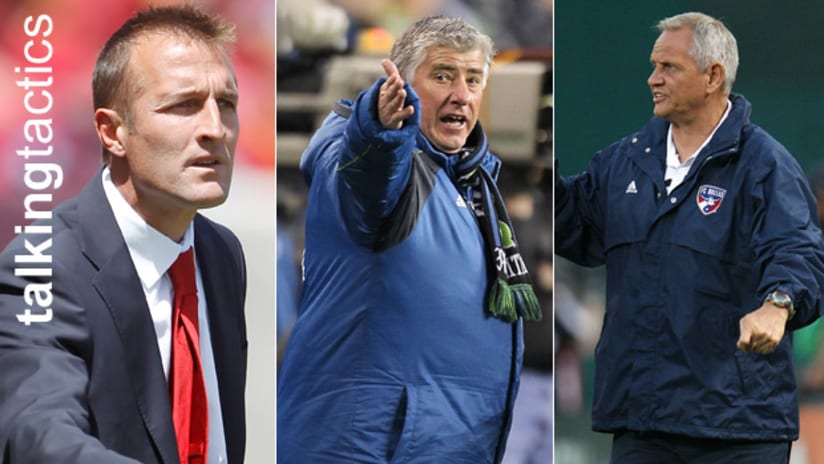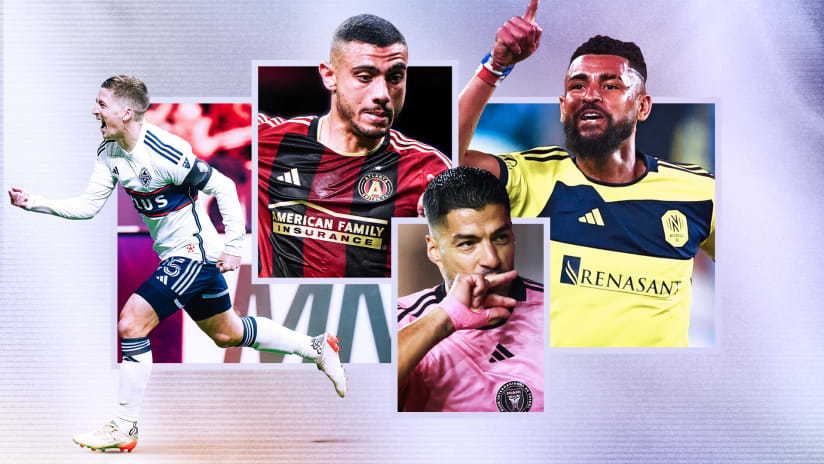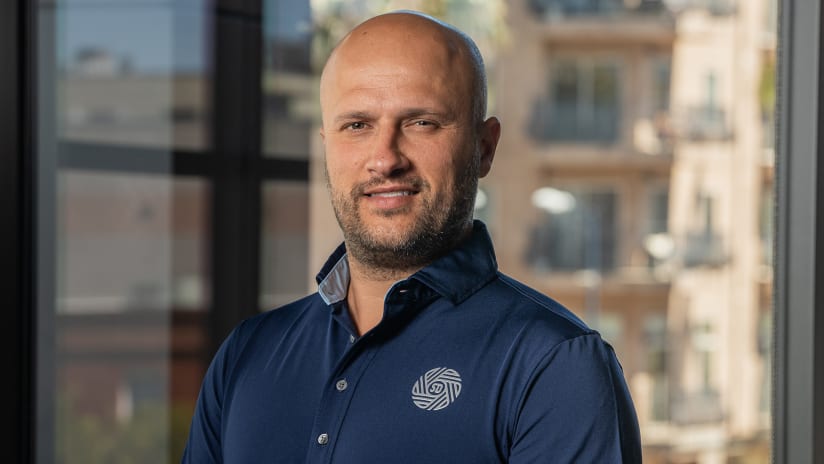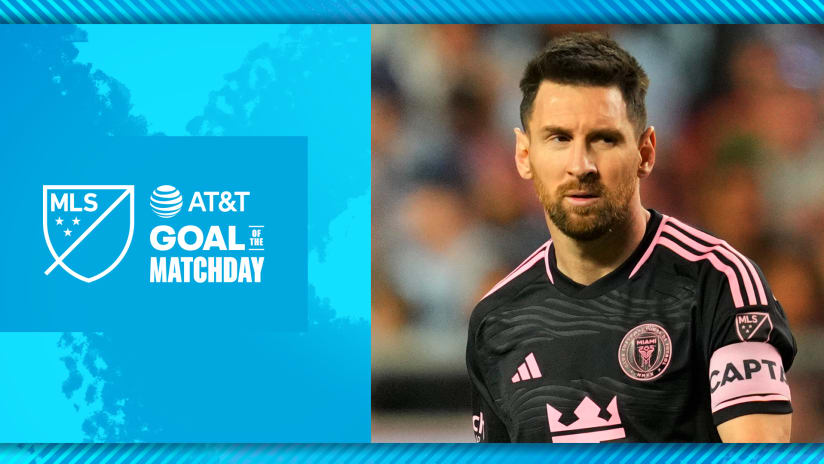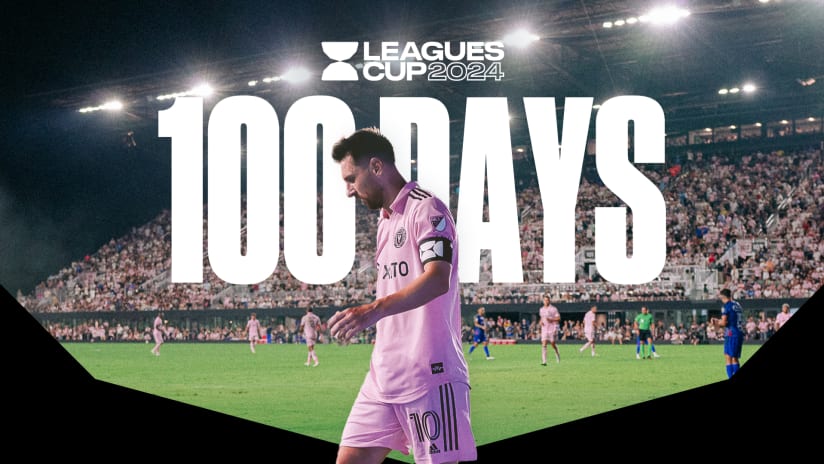Among the sad realizations following the recent injury to a star playmakers is that life must go on for the club. Real Salt Lake, FC Dallas and the Seattle Sounders will certainly miss their fallen teammates, but they still have to suit up each week.
So how are the teams adjusting tactically?
To be honest, the two sides we’ve seen already—FC Dallas and Seattle—aren’t coping particularly well. Not yet, anyway.
We’ll start in Dallas.
Eric Avila has replaced David Ferreira in the playmaker seat, but Dallas haven’t made substantial changes to their basic formation, which remains a hybrid 4-1-4-1. Daniel Hernandez continues to sit deep, Andrew Jacobson plays higher on offense then tucks in beside Hernandez on defense and Avila assumes Ferreira’s freer, creative role.
Only, Avila doesn’t have Ferreira’s eye for space. Avila’s game is about slashing bursts; Ferreira’s was all about precision passing, about drifting to locate the available spaces and holding the ball in the final third. As coach Schellas Hyndman told me about missing that final connection in the offensive third: “What people don’t realize is that if his teammates weren’t in the right spot, David would move them, or he would move the defender and change the angle.” Avila can’t do that.
So Schellas may need to make some tactical adjustments. He made one on Saturday, putting Brek Shea at left back for the injured Jair Benítez. Shea played awfully high as left fullbacks go, especially on the road. But he created some trouble. And he might create more if Hyndman & Co. can keep Shea and Fabián Castillo (who started as a left midfielder) from making redundant runs on the left.
In the second half, Castillo moved into a striker position while Eric Alexander took Avila’s spot in the middle as Dallas rotated into a more conventional version of the 4-1-4-1. Avila played along the left but came inside to create, leaving the flank to Shea. Going forward, that look seems to hold some promise as Shea definitely has the legs and lungs to perform the up-and-down work.
It’s harder to make too many direct connections from changes around Seattle Sounders FC following Zakuani’s misfortune. It happened to coincide with a confluence of other personnel factors, including injuries and recent additions.
So we may not know exactly who will fill the roles going forward, but we can see how coach Sigi Schmid wants to retune the piano. Previously, the Sounders’ shape was a modified 4-4-2. The outside midfielders tended to play a little higher than in some systems. Osvaldo Alonso sat deep as a classic, holding midfielder while his central partner acted as more of a traditional two-way midfielder.
Now, lacking Zakuani’s raw speed and his ability to go at defenders in one-on-one situations, Seattle must use their passing game. Schmid has realigned his team into a diamond-shaped midfield, where the spacing is more suited to a short-passing MO.
It looks quite narrow at the moment, even by diamond-midfield standards. Last week against D.C. United, for instance, Álvaro Fernández and Brad Evans were sometimes tucked inside so far that it almost looked like Brazil’s old box-shaped, four-man midfield. The width in this formation has to come from the fullbacks. Do Leo González and James Riley have the wheels? We’ll see.
(Late in that match, Riley came off and Seattle attempted to rally from behind using a 3-4-3 formation; that was clearly about chasing the game against a two-goal deficit, of course.)
When Mauro Rosales returns to full health, Schmid could send him to the right and increase the speed and creativity factor there. But that won’t solve Seattle’s other issue: Schmid prefers to play with a target forward, and with O’Brian White’s being injured, he doesn’t have a man particularly suited to the role.
Finally, at Rio Tinto, RSL coach Jason Kreis must immediately go to work rearranging his team’s way forward. The silver lining in Morales’ fall is that Andy Williams is on the roster.
The Jamaican playmaker isn’t Morales in terms of youth and ability—but he’s not that far behind. And Williams understands the responsibilities in the diamond midfield. So big changes probably aren’t in the cards.
Furthermore, there is Collen Warner, a talented 22-year-old, in the wings. He can’t match Morales (nor even Williams) in terms of creating space or identifying areas ripe for exploitation. But he could be an option now and then.
RSL’s signature possession game may need tweaking. First and foremost, they must locate target man Álvaro Saborío, and he must locate his form. Saborío has been slow to gain full speed this year due to injury, and when RSL have struggled, one can often point the finger to the man up top.
So bottom line: All three clubs will have to adjust. That is certain. RSL’s depth means it might take only a game or two to pinpoint the best adjustments. But even they need other players to step up, and more than likely, the coach to make a few tweaks.

